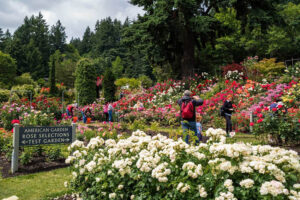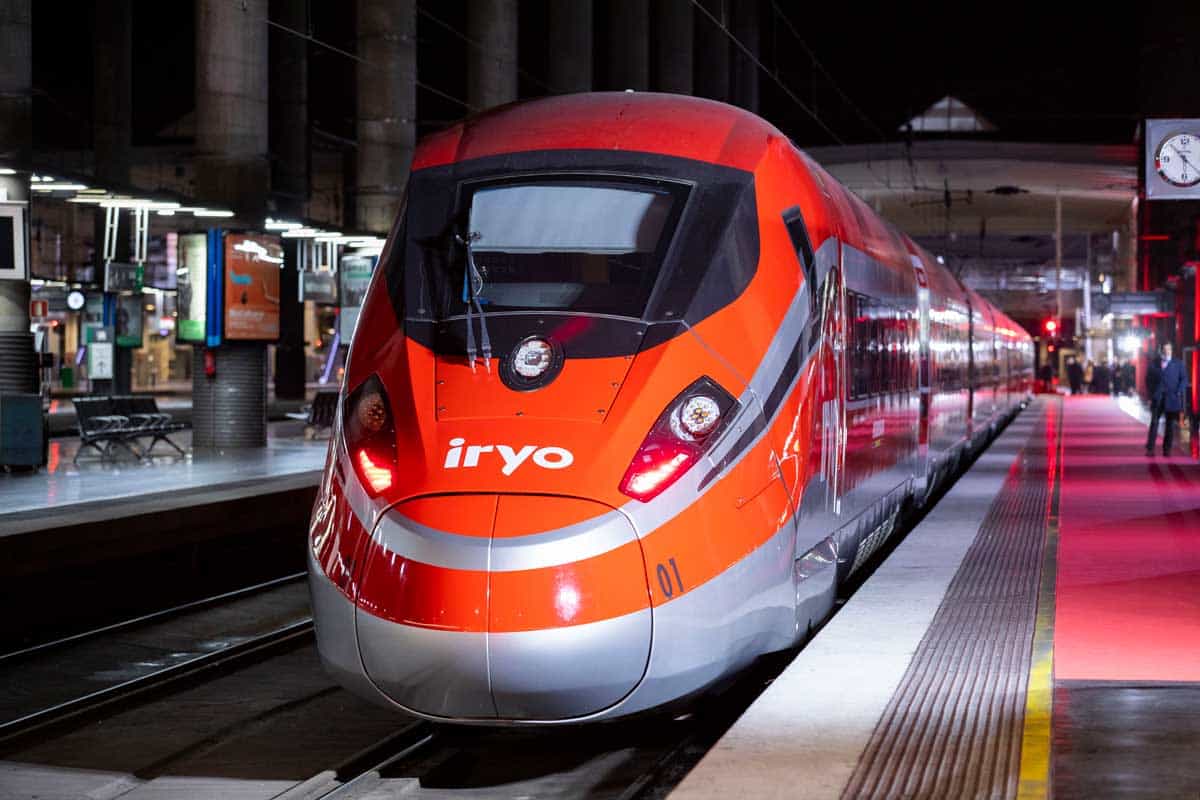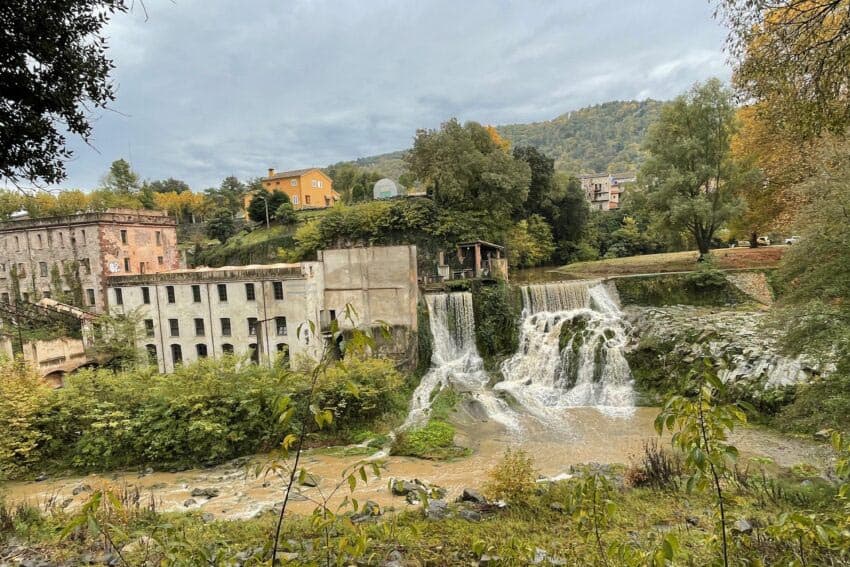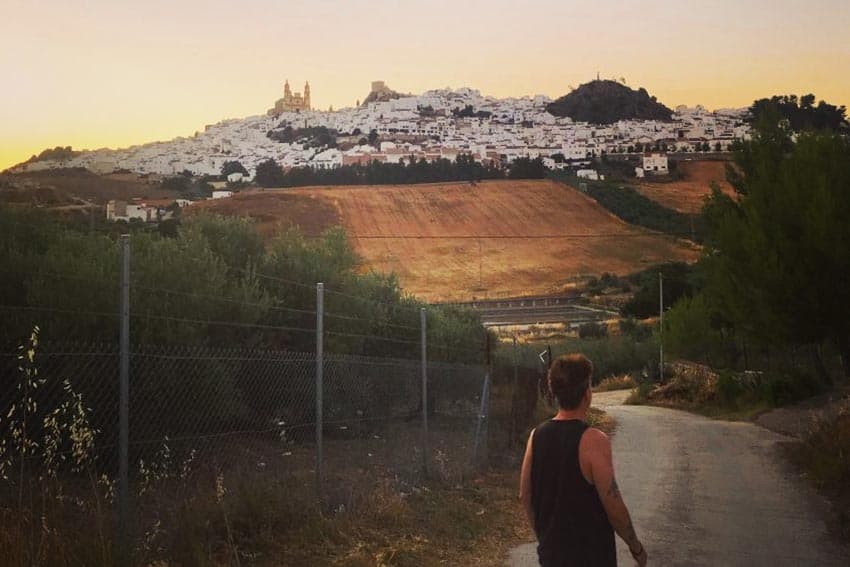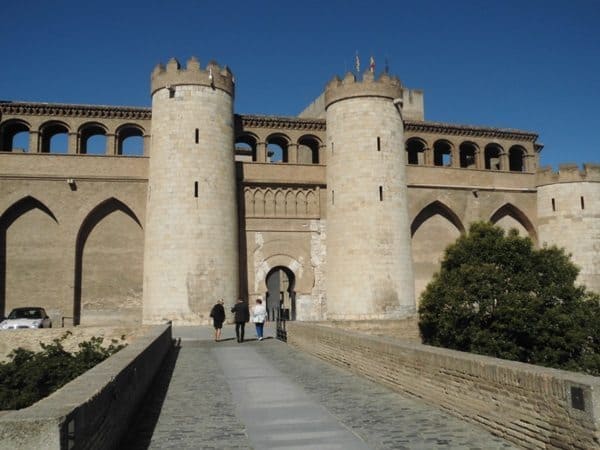
Zaragoza Welcomes You
By Inka Piegsa-Quischotte
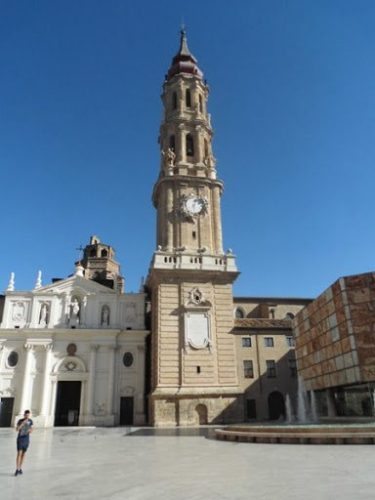
Imagine my smile of anticipation when, sitting on the coach to Zaragoza, I found out that the central bus/train station where I would shortly be arriving was called Delicias, or Delights in English.
A city that chooses such a name for a visitor’s first point of call can only be full of pleasant surprises, I thought.
The bus station itself is brand new, modern and huge, more like an airport than the usual European bus or train terminal. Orientation is easy and, best of all, there were plenty of taxis at the taxi stand which made for an easy start to a visit.
The fare to my hotel in the center of the old town came to €10.95 and the friendly driver waived the cents. Not every cabbie will do that, so I really got off to a pleasant start.
On the River Ebro
Zaragoza is located at a distance of 270km north/west from Madrid on the shores of the river Ebro, Spain’s second-biggest river. I came by coach from Alicante but you can take the AVE from Madrid to Zaragoza in less than 1½ hours, arriving at Delicias.
One of Spain’s oldest cities, Zaragoza was founded around 25BC by Caesar Augustus as a Roman settlement. Over the centuries, Arabs, Los Reyes Catolicos, Middle Ages, and Renaissance have left many outstanding monuments, not to mention the modern architecture which graces the complex taken up by EXPO 2008.
Add to this a thriving nightlife, countless tapas bars, museums, shops of every kind, parks, buses, tramways, and bicycles for hire and you will never be short of entertainment or transport in Zaragoza whichever your tastes are.
I decided to see as much as possible by two means: a) a boat trip on the river Ebro and b) exploring on foot.
Boat trip on the river Ebro
The Ebro has always been an important part of the history of Zaragoza. It cuts the city in half and is spanned by a total of 24 bridges, ranging in age from the 15th century Stone Bridge to the 21st century Pasarela Monterola, a pedestrian crossing supported by a 75m high mast suspended from 46 cables.
The best way to see the bridges and to pass under them as well as admiring some of the most famous historical buildings of Zaragoza is by taking a boat trip which lasts about one hour.
Walk along Paseo Echegaray y Caballero until you come to the Club Nautico, descend some steps to the river and you have reached the quay for the boat trip.
Departure times are announced on a notice board, no trips between 2 and 5, the Spanish siesta is kept here like many other towns in the country.

The trip starts off leaving the Stone Bridge behind, then gliding along with Zaragoza’s most famous landmark, the Basilica del Pilar.
You can see roof tiles, towers, niches, and carvings which are hidden from the land side. You pass under bridge after bridge the history of each being explained by a recording.
Small islands peek out from the water and on your right you approach modern times, in the form of parks, the aquarium and finally, the Pasarela Monterola, growing more and more impressive as you draw closer.
The boat then pulls in at the EXPO dock for 15 minutes. If you fancy seeing the Water Tower and the EXPO complex, you can get off and take one of the later boats back, or you remain and enjoy the return journey along the opposite shore of the river. This little boat trip is certainly a pleasure and inexpensive at €6 pp.

Go walkabout in Zaragoza
Zaragoza is one of those cities where many of the main sights are grouped closely together in the old part adjacent to the river, so you can see a lot by taking a walking round trip.
What’s more, it’s flat which means you don’t have to exhaust yourself by climbing up and down steep hills and countless steps, very convenient if you happen to visit during the summer.
My hotel was located in Avenida Caesar Augusto just opposite the central market, nice to look at with the colorful display of fruit, vegetables, and flowers.
Turn right and you are at the beginning of the immense Plaza del Pilar, the heart of Old Zaragoza.
First, you come upon a beautiful urban waterfall just opposite the remains of the Roman Wall, then proceed towards the Basilica del Pilar.
According to legend, the Virgin Mary appeared to the apostle St James in 40 AD perched on a pillar and asked him to erect a chapel around this place. This was the beginning of what has become the gigantic Basilica with the column inside in a separate chapel which pilgrims and tourists kiss for good luck.
La Lonja
Next to the basilica, you find the pure renaissance building of La Lonja which was the stock exchange with a remarkable ceiling looking like clouds and flowers.
Cross the street and visit another impressive church, Cathedral of El Salvador, commonly known as La Seo which was erected on the site of the ancient Forum Romanum as well as a later mosque.
On the opposite side of the plaza you find one café, bar and restaurant after another but, beware, this is the center of tourist attractions and the prices are accordingly.
If after all that art and culture you crave refreshment, turn into Calle Don Jaime and then criss cross what is called El Tubo, the district of food, drink and entertainment.
Self-Service Tapas Bar
My favorite was a self-service tapas bar that offers all you can eat for €14.90 which consists of hot and cold tapas, sweets including a chocolate fountain, melon, and other sliced fruit and will certainly restore your strength.
Every so often you will come across street art, sculptures, and artistic graffiti and finally have a look around the shops displaying traditional Catalan costumes and embroidery.
There is a lot more to see in Zaragoza, like the Palace of Aljaferia, The Goya Museum and the Royal Cavalry Museum or you can spend a good part of a whole day visiting the EXPO complex. My time was limited to two days and they turned out to be full of delights, as promised by the train station on my arrival.
Eurail Passes: What to Know about Buying a Europe Train Pass
- Cruising by Yacht to Indonesia’s Raja Ampat - April 2, 2019
- Bursa, Turkey – Travel Inspired by Two Famous Puppets - September 29, 2016
- Poland: Castles & a Gold Rush in Lower Selisia - May 30, 2016


